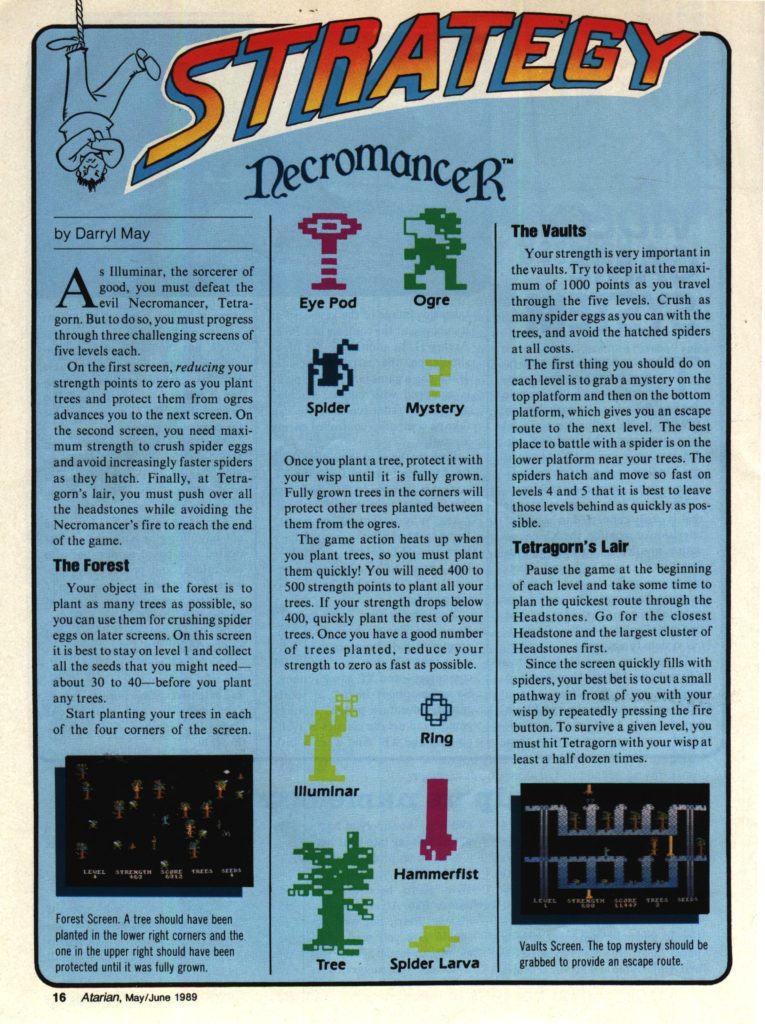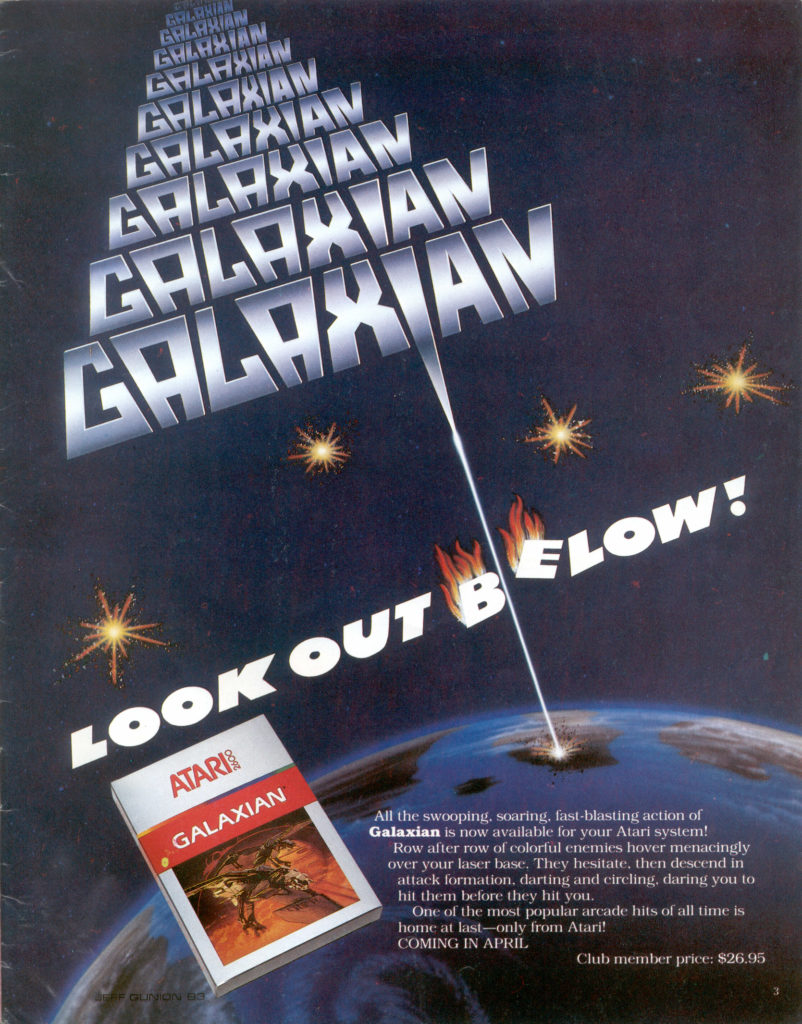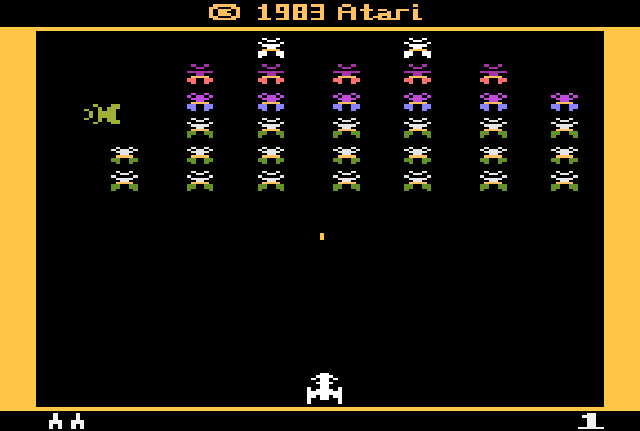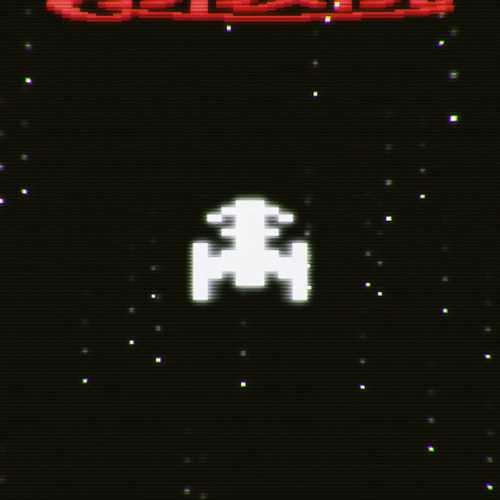Source: Atarian – Issue Number 1 – May/June 1989
Atari really new how to beat a dead horse. Here we have a strategy guide being published in 1989 by an official Atari publication for a game that was released in 1987 that had also previously been released in 1982. Necromancer was originally published for Atari 8-bit computers in 1982 and then the Commodore 64 in 1983. It was re-released for Atari’s XEGS in 1987. Given that an XEGS was just an Atari 8-bit computer in game console form factor, the game was exactly the same. Not that there is anything wrong with the game. It is a very good game in fact. It’s just that Atari had this tendency to re-release the same games over and over vs. publishing new stuff. Re-releasing old games is great but that isn’t what is going to sell systems in the long run and it is why so many more people had an NES vs. an Atari 7800 or an Atari XEGS. By the late 1980s, Atari just wasn’t developing enough new quality first party titles and could no longer attract significant third party support.
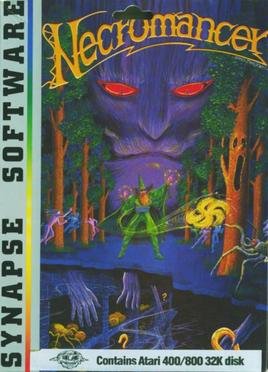
Necromancer was originally released on disk by Synapse for the Atari 400/800 in 1982. It was ported to the Commodore 64 the following year. Four years later, it was released unchanged on the Atari XEGS in cartridge format. I suppose that by this time the other versions were probably relatively hard to find so if you wanted to buy it, the XEGS was probably your best bet. Of course, by this time the original Atari and Commodore disk versions had probably been pirated to a significant degree.
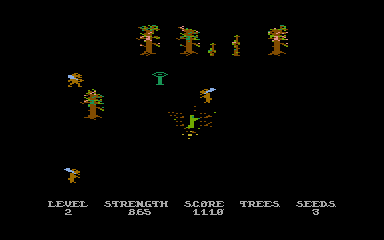
The game itself is very well regarded. You control a Druid who is battling with a Necromancer. The game takes part in three stages. In the first, you build up an army of trees while defending them from ogres and spiders. In the second, you take your army of trees to destroy the spiders in their lair. In the final stage, you battle the Necromancer himself as he uses fire and his remaining spiders to try to destroy you. The game is fast paced and gets faster in each stage and there is a lot to juggle with controlling the trees and the Druid. The unique and tense atmosphere makes for an addictive game. But maybe they should have published a sequel that included the original game instead of just shoveling the original out again…
